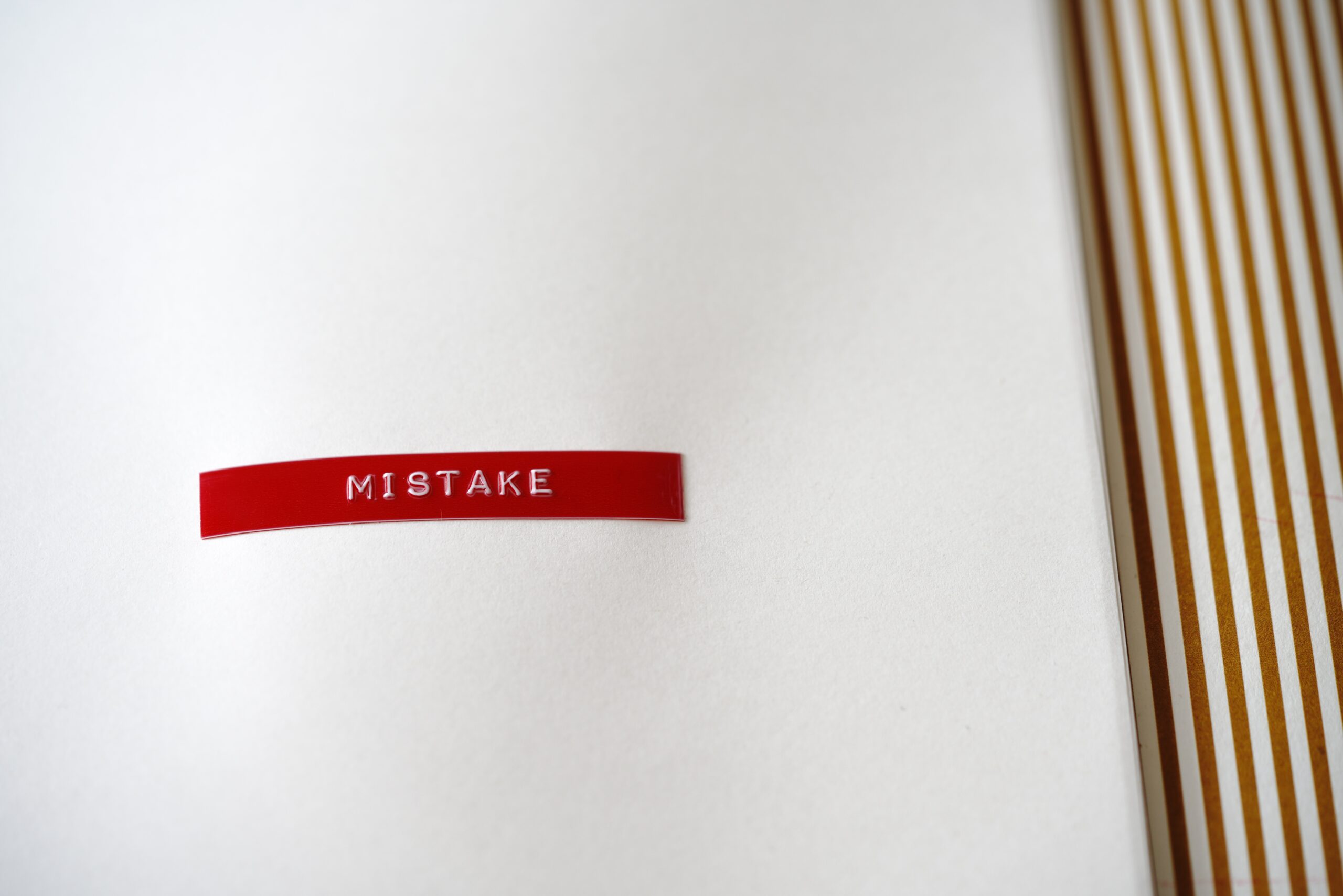We’ve all looked at the pictures of our favourite musicians in their recording studios and felt inspired by their high-tech equipment and state-of-the-art audio production tools. However, building a recording studio takes more than making investments. It is a process that requires thorough planning which can be quite time-consuming. Things get even more challenging when you are a beginner working with a student budget. That being said, there are low-cost ways to create your own recording studio which you can gradually upgrade until it starts to resemble a professional studio. Here, five tips to help you get started on setting up your home audio recording studio.
Selecting the right platform for your home studio
First things first, you want to make sure to tackle the most basic piece of audio recording equipment – the platform. From smartphones and tablets to desktops and laptops, there are a number of devices that can be used for audio recording. All these platforms can be used for audio production, and all it takes is installing some digital audio workstations and useful audio apps. Out of all these, smartphones require the least investment, and there are a lot of great iOS and Android solutions, so be sure to check them out. If you plan on working on the go, a laptop might be a more suitable choice for you than a desktop computer. Nevertheless, you should make sure that the computer you get is reliable and powerful, and definitely look for brands that offer student discounts – it can be a great way to save some money while in college.
Getting a good audio interface
Once you’ve found the right platform, it’s time to look for audio interfaces that will connect your device with the instruments. An essential piece of hardware, the audio interface can enhance your platform’s sonic capabilities, which makes it a piece of equipment that’s well worth investing in. Nowadays, you can find great versions for a low cost ($100, sometimes even as little as $30) that come with basic features for audio production while also ensuring great audio quality. The fact that some of these versions are ‘limited’ doesn’t mean that they can’t be used for producing excellent tracks. All it really takes is having good skills and applying them.
Investing in great studio monitor speakers
When building a studio, you want to ensure high-quality, accurate reproduction of the sound. For that to happen, you’ll need to invest in a pair of top studio monitor speakers that will ensure proper sound output. Nowadays, there are a lot of different brands that offer monitor speakers with a high level of precision, and depending on your needs, you can get a great set for as little as $100. While these speakers are meant to be used in studios, they can also be used to improve the sound when you’re playing video games or watching movies. Moreover, they can come handy for when you’re throwing a party and want to ensure everyone has a blast.
Finding the right space for your home recording studio
Other than the essential audio equipment, you will also need to find a suitable area for building a recording studio. Depending on how much space you’re working with and the amount of equipment you need to fit in, it can be anything from a small corner of your bedroom to a spare room you can put to good use. Generally speaking, the area you choose has to be able to fit a desk with equipment. Ideally, it will be reserved solely for work. To ensure optimal productivity, invest in a good chair – you’ll be spending hours sitting there, and your back should be getting proper support.
Optimizing the room’s acoustics
Last but not least, the room you select to build your recording studio in has to ensure an optimal listening environment. This means that you should not skimp on acoustic treatment. Something as simple as placing a couple of acoustic panels on the walls or the ceiling goes a long way in defeating distortion and improving sonic clarity. Their absorbing properties will ensure a higher quality of sound while helping control/reduce noise in the room. You can also build your own DIY acoustic panels as well and save some money along the way.
Conclusion
Knowing what it takes to build your own recording studio even when you are working with a tight budget can be of great help when you are just starting out as a music producer or an audio engineer. While the whole process of setting up a studio may be challenging, if you have the necessary know-how and invest in the right tools, you can rest assured that you will be entering the music industry on the right foot.
Diana Wills

